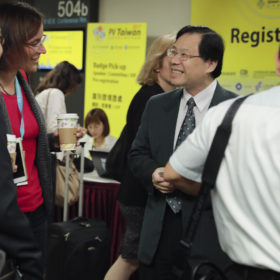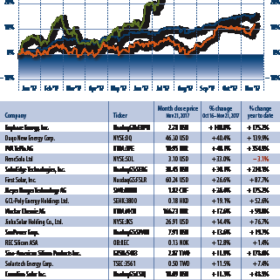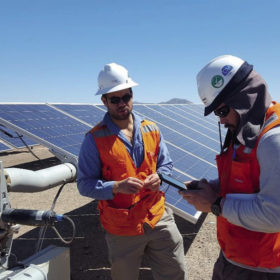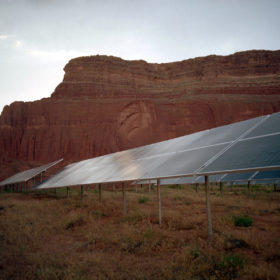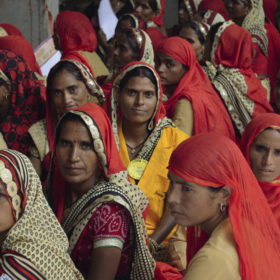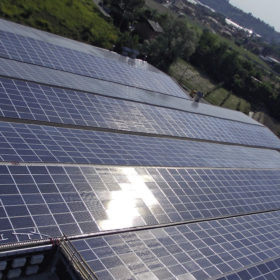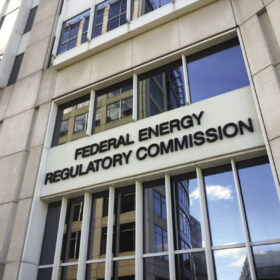Domestic market takes center stage
Show review: PV Taiwan 2017, held from October 18 – 20 at the Nangang Exhibition Center in Taipei City, was bigger than ever, with the total number of exhibitors and booths up, as well as the overall number of visitors. Exhibitor numbers rose to 145, up from 131 the previous year, while the booth numbers increased even more dramatically, from 392 to 450 – nearly 15%.
Central solutions
Interview: While the recent surge of using string inverters for large-scale solar installations certainly energized the inverter industry, centralized solutions are holding firm as more and more emerging markets continue to eye huge solar farms. Zhang Lei, Chief Engineer of Chinese inverter specialist TBEA, explains the company’s strategy.
Strong finish
Stock price index: Solar stocks outperformed the market last month. The Guggenheim Solar ETF (TAN) increased 13.5% versus the S&P 500 and Russell 2000, up 1.9%, and 1.1% respectively.
On-site, on time
Early stage O&M: In the second of its two-part series on utility-scale O&M in Latin America, EDF Renewable Services’ Nicolás Rossel shares lessons learned from the company’s experiences in Mexico, where it has found that a smooth handover from EPC provider to O&M contractor is vital for long-term plant performance.
A controlled approach
Portfolio management: Managing large and often diverse solar PV portfolios becomes far easier and more cost effective when both flexibility and a centralized point of control are available. Joe Grimes, VP of PV monitoring and asset management firm Draker/BlueNRGY, explains how portfolio growth and asset acquisitions create new challenges that require fresh solutions.
When is a yield loss worth investigating?
Interview: When investigating module defects, the cost-benefit ratio is key. Robert Golz from O&M company Enovos explains when troubleshooting is worthwhile and in which cases it would be better to wait before applying extensive – and often expensive – inspection methods.
Empowerment and energy in India
Gender issues: Energy access can be transformed from an obstacle to an opportunity for women’s empowerment through the integration of women into the energy supply chain, as well as supportive policies. Organizations in India are working to expand energy access and empower women by boosting incomes, expanding skills, and strengthening self-confidence. Over time, these efforts will enable a woman to have greater influence over herself, her family, and her community.
ADD a dash of doubt
Antidumping in India: The threat of India’s government imposing antidumping duties (ADD) against solar cells and modules from China, Taiwan, and Malaysia is very real, and runs counter to its own ambitions of hitting 100 GW of solar by 2022. Or does it? Could duties help to boost India’s solar sector in other ways? And does the ongoing political uncertainty create opportunity or trepidation for industry?
One customer at a time
Italy update: Current Italian legislation for self-consumption includes the possibility for owners of PV systems up to 20 MW to sell all or part of the produced power to a single final client. Despite several challenges, this option is now becoming more attractive, as solar module prices keep dropping and energy prices for the Italian industry and service sector remain among the highest in Europe.
Trump versus solar
U.S. energy policy: The Trump Administration is currently making a number of significant policy changes that intersect with solar and other forms of renewable energy. pv magazine attempts to separate the real dangers to the solar market from the more superficial phenomena.
